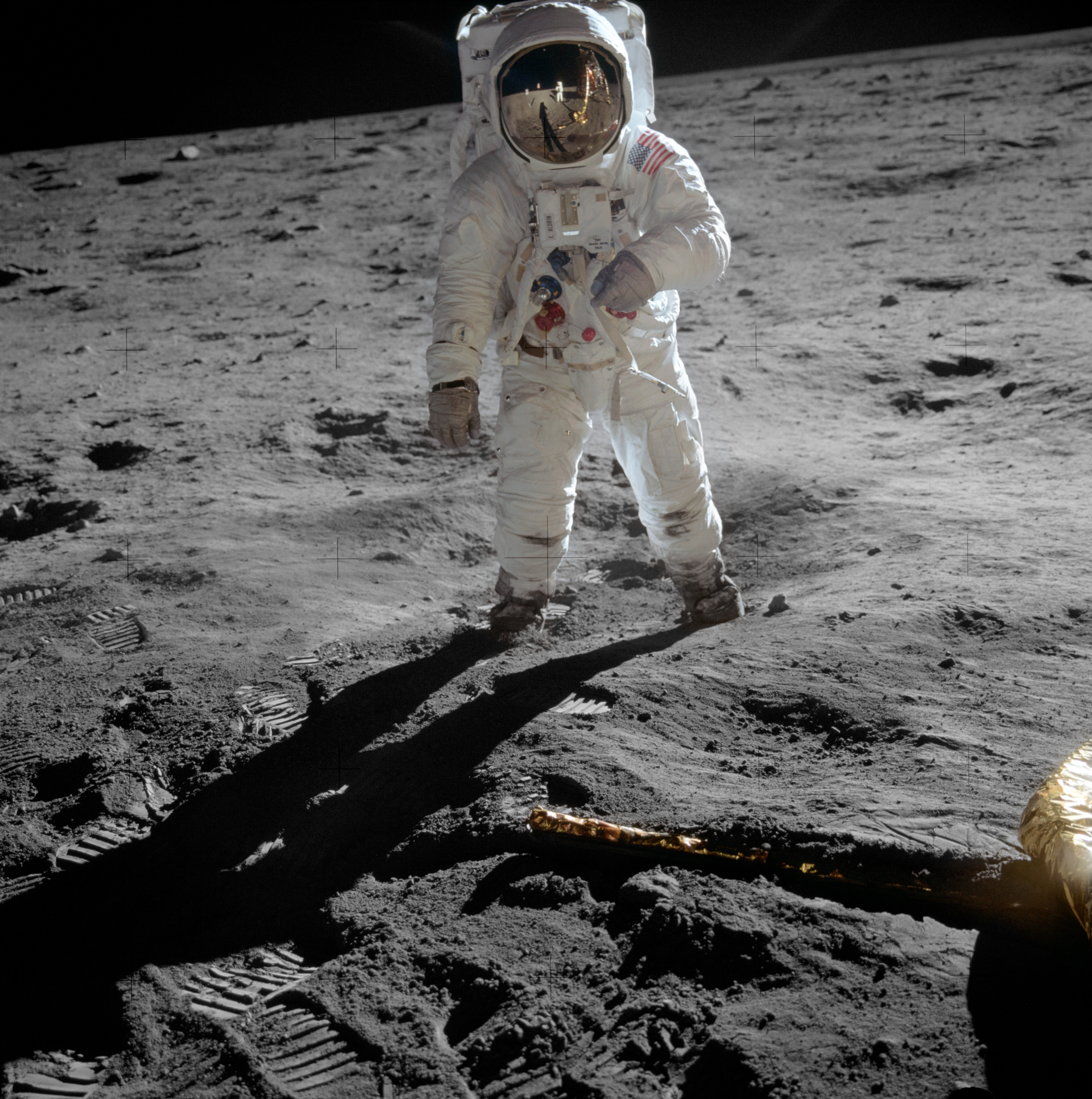|
Saturn IB-A
The Saturn IB-A was a proposed Saturn I family variant but was never built. It was to be a three-stage rocket virtually identical in layout to the Saturn IB-CE, with upgraded H-1 engines and a stretched S-IVB The S-IVB (pronounced "S-four-B") was the third stage on the Saturn V and second stage on the Saturn IB launch vehicles. Built by the Douglas Aircraft Company, it had one J-2 rocket engine. For lunar missions it was fired twice: first for Earth ... stage. External links astronautix.com Apollo program Saturn IB {{Rocket-stub ... [...More Info...] [...Related Items...] OR: [Wikipedia] [Google] [Baidu] |
Saturn I
The Saturn I was a rocket designed as the United States' first medium lift launch vehicle for up to low Earth orbit Payload (air and space craft), payloads.Terminology has changed since the 1960s; back then, 20,000 pounds was considered "heavy lift". Its development was taken over from the Advanced Research Projects Agency (ARPA) in 1958 by the newly formed civilian NASA. Its design proved sound and flexible. It was successful in initiating the development of liquid hydrogen-fueled rocket propulsion, launching the Pegasus satellite program, Pegasus satellites, and flight verification of the Apollo command and service module launch phase aerodynamics. Ten Saturn I rockets were flown before it was replaced by the heavy lift launch vehicle, heavy lift derivative Saturn IB, which used a larger, higher impulse (physics), total impulse second stage and an improved Saturn V instrument unit, guidance and control system. It also led the way to development of the super heavy-lift launch veh ... [...More Info...] [...Related Items...] OR: [Wikipedia] [Google] [Baidu] |
Saturn IB-CE
The Saturn IB-CE rocket was a variant of the Saturn IB rocket studied in 1965 by Douglas. However unlike the Saturn IB the Saturn IB-CE was to be a three-stage rocket. The IB-CE used the same configuration as the Saturn IB for the first two stages however with the addition of a Centaur D/E rocket as the third stage. It was to be capable of delivering 22,000 kg to low Earth orbit and 5,590 kg into a translunar trajectory. Although this version never flew, a similar rocket, the Titan IIIE, built primarily for the U.S. Air Force, but launching a few NASA payloads, including the ''Viking'' and ''Voyager Voyager may refer to: Computing and communications * LG Voyager, a mobile phone model manufactured by LG Electronics * NCR Voyager, a computer platform produced by NCR Corporation * Voyager (computer worm), a computer worm affecting Oracle ...'' spacecraft, had the same equivalent thrust as the Saturn IB-CE. References {{Saturns Saturn IB ... [...More Info...] [...Related Items...] OR: [Wikipedia] [Google] [Baidu] |
H-1 (rocket Engine)
The Rocketdyne H-1 was a thrust liquid-propellant rocket engine burning LOX and RP-1. The H-1 was developed for use in the S-I and S-IB first stages of the Saturn I and Saturn IB rockets, respectively, where it was used in clusters of eight engines. After the Apollo program, surplus H-1 engines were rebranded and reworked as the Rocketdyne RS-27 engine with first usage on the Delta 2000 series in 1974. RS-27 engines continued to be used up until 1992 when the first version of the Delta II, Delta 6000, was retired. The RS-27A variant, boasting slightly upgraded performance, was also used on the later Delta II and Delta III rockets, with the former flying until 2018. History Early engines The H-1 is one of a series of engines developed from the wartime V-2 ballistic missile. During the war, North American Aviation (NAA) was given several V-2 engines to examine and convert from metric to SAE measurements. They formed their "Propulsion Division" to handle this work, later beco ... [...More Info...] [...Related Items...] OR: [Wikipedia] [Google] [Baidu] |
S-IVB
The S-IVB (pronounced "S-four-B") was the third stage on the Saturn V and second stage on the Saturn IB launch vehicles. Built by the Douglas Aircraft Company, it had one J-2 rocket engine. For lunar missions it was fired twice: first for Earth orbit insertion after second stage cutoff, and then for translunar injection (TLI). History The S-IVB evolved from the upper stage of the Saturn I rocket (the S-IV) and was the first stage of the Saturn V to be designed. The S-IV used a cluster of six RL-10 engines but used the same fuels as the S-IVB – liquid hydrogen and liquid oxygen. It was also originally meant to be the third stage of a planned rocket called the C-4, hence the name S-IV. Eleven companies submitted proposals for being the lead contractor on the stage by the deadline of 29 February 1960. NASA administrator T. Keith Glennan decided on 19 April that Douglas Aircraft Company would be awarded the contract. Convair had come in a close second but Glennan did not w ... [...More Info...] [...Related Items...] OR: [Wikipedia] [Google] [Baidu] |
Apollo Program
The Apollo program, also known as Project Apollo, was the United States human spaceflight program led by NASA, which Moon landing, landed the first humans on the Moon in 1969. Apollo followed Project Mercury that put the first Americans in space. It was conceived in 1960 as a three-person spacecraft during President Presidency of Dwight D. Eisenhower, Dwight D. Eisenhower's administration. Apollo was later dedicated to President John F. Kennedy's national goal for the 1960s of "landing a man on the Moon and returning him safely to the Earth" in an address to United States Congress, Congress on May 25, 1961. It was the third American human spaceflight program to fly, preceded by Project Gemini conceived in 1961 to extend spaceflight capability in support of Apollo. Kennedy's goal was accomplished on the Apollo 11 mission when astronauts Neil Armstrong and Buzz Aldrin landed their Apollo Lunar Module (LM) on July 20, 1969, and walked on the lunar surface, while Michael Collins ( ... [...More Info...] [...Related Items...] OR: [Wikipedia] [Google] [Baidu] |



